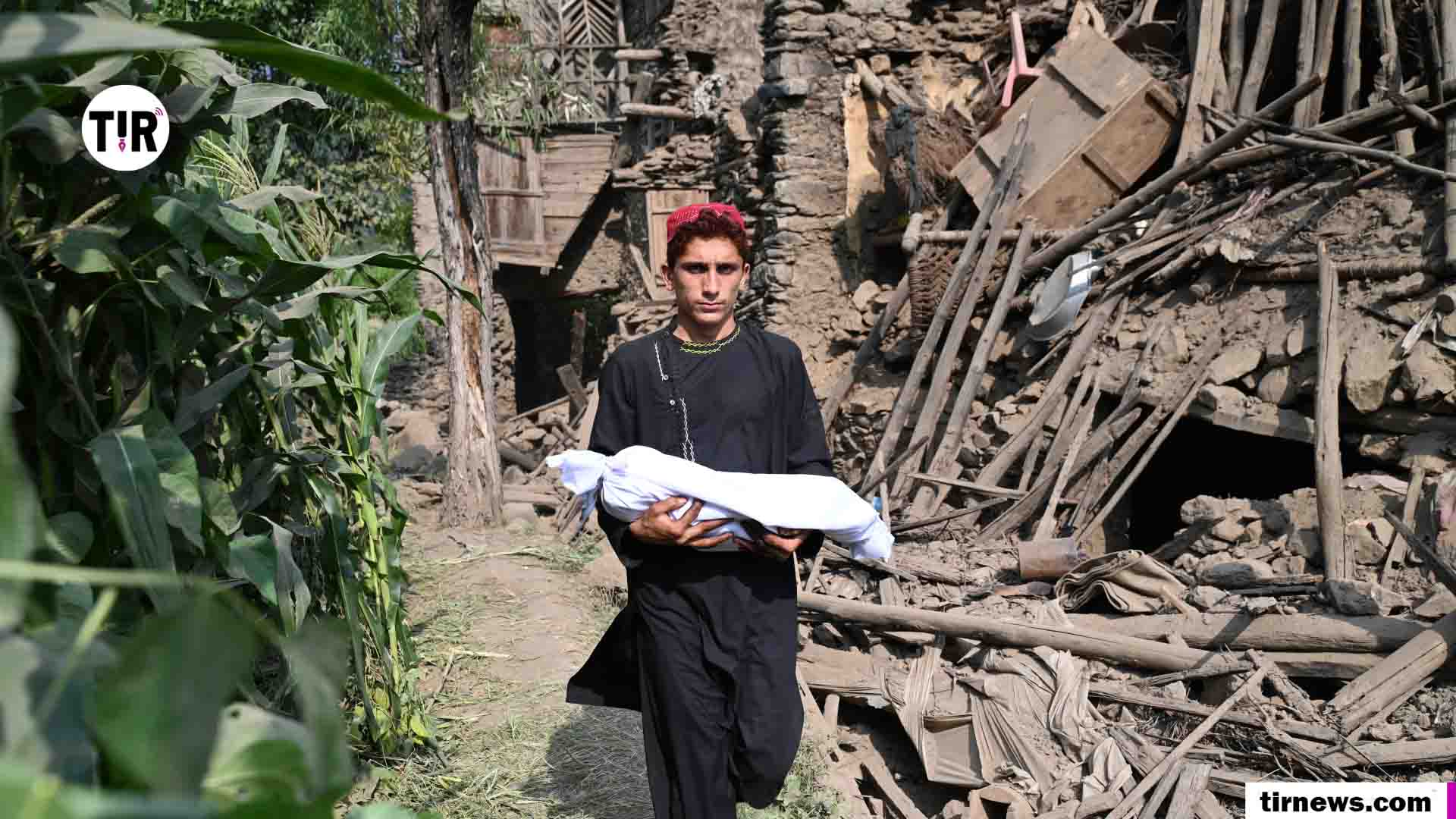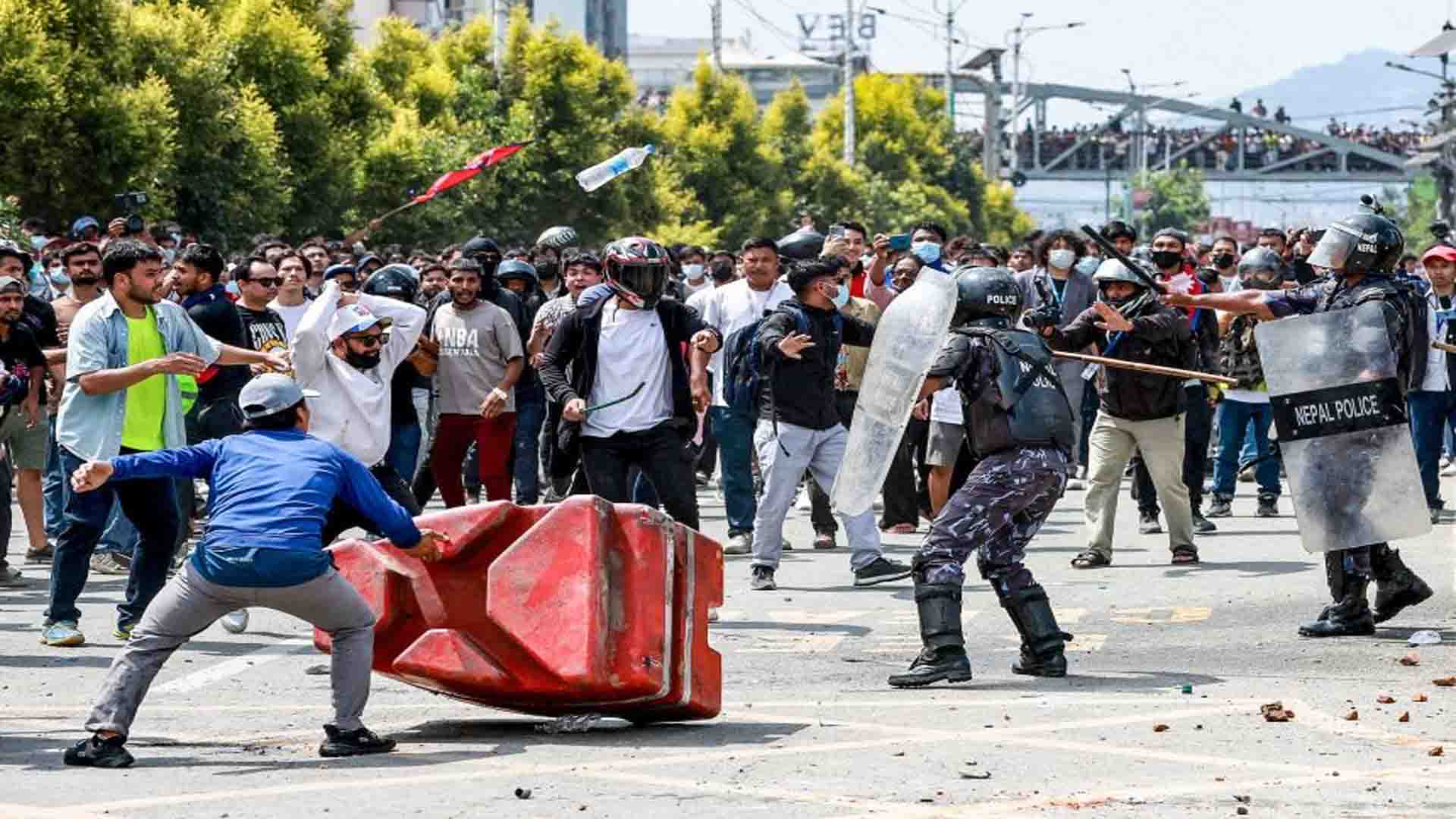A 6.0-magnitude earthquake struck eastern Afghanistan late Sunday, claiming the lives of at least 1,400 people and injuring more than 3,000, according to Taliban government spokesperson Zabihullah Mujahid (Reuters, The Times of India). The hardest-hit areas include the provinces of Kunar, Nangarhar, and Laghman, where entire villages were flattened and 5,400 homes destroyed (Reuters, The Times of India).
The disaster has unleashed a multifaceted humanitarian crisis. Rescue efforts are being severely impeded by rugged terrain, landslides, and bad weather. Emergency teams have airdropped commando units to extract injured individuals from remote areas (Reuters, The Washington Post). The United Nations warns of a “race against time,” as more survivors remain trapped beneath the rubble (AP News, The Guardian).
A Devastating Double Blow: Earthquake + Aftershock
Just two days later, a second tremor measuring 5.2–5.5 magnitude rattled the region, causing further damage and hindering rescue operations (People.com, The Guardian). This aftershock triggered landslides, blocked roads, and deepened fears among survivors about secondary collapses (People.com, The Guardian).
Response & Humanitarian Challenges
Aid Constraints
Despite pledges of support—from the UK, India, China, the UAE, EU, and Pakistan—a combination of funding cuts and political isolation of the Taliban administration continues to hamper effective disaster response (Reuters, The Washington Post, The Guardian). Essential relief efforts by UN agencies, including the UN’s humanitarian air service, are struggling to operate due to lack of resources (The Washington Post).
Human Toll
U.N. officials estimate over 12,000 people have been directly affected. Children, in particular, are extremely vulnerable amid widespread homelessness, food shortages, and collapsing health infrastructure (Reuters, The Guardian, People.com).
Roots of Destruction & Recurrent Vulnerability
This quake struck at a shallow depth of approximately 8–10 km—amplifying surface impact (Maktoob media, Wikipedia). Rural dwellings, mostly made of mud and stone, collapsed under the force. Recent heavy rains had further destabilized the fragile hillsides (Wikipedia).



